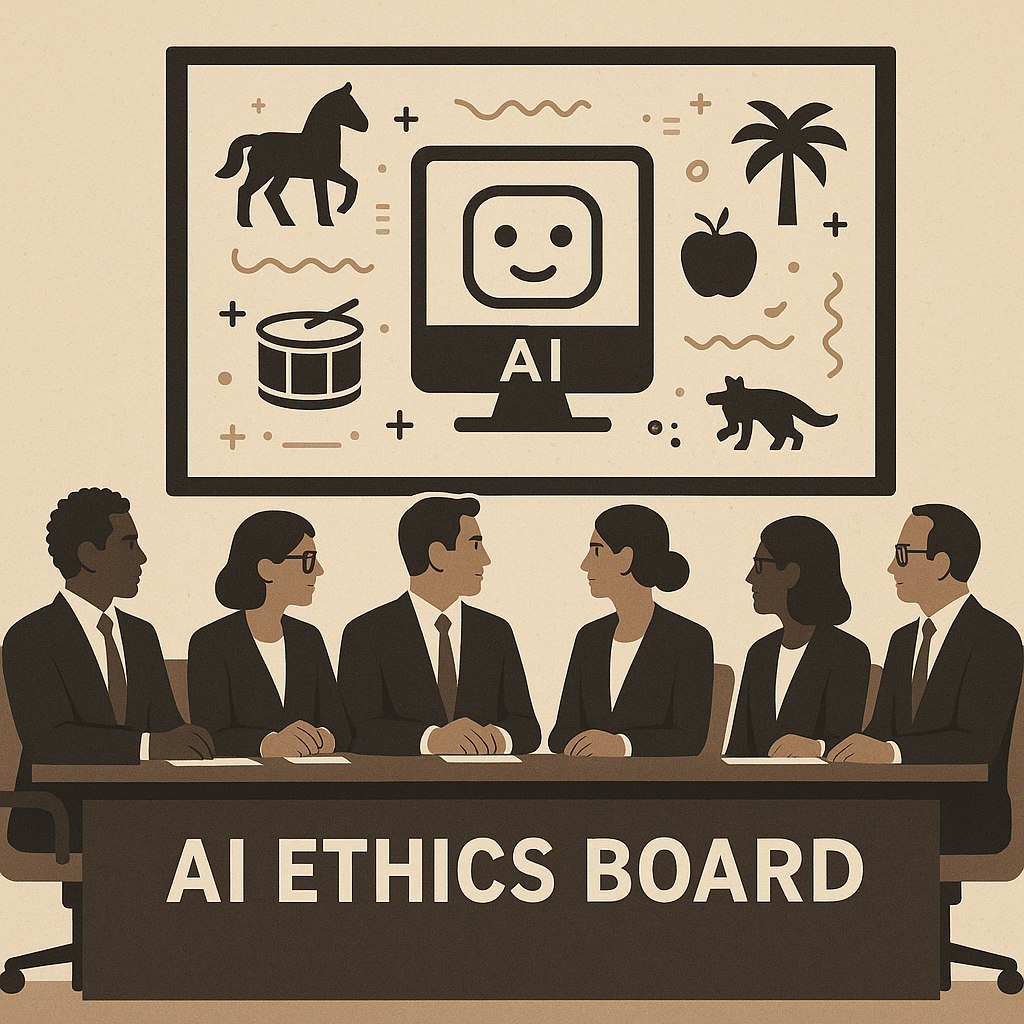1. The State of AI in Government: 2025 Snapshot
The last few years have seen state and local governments across the U.S. pilot AI technologies—ranging from virtual assistants handling citizen inquiries to automating document processing. These pilots, though impactful in silos, underscore a fundamental challenge: how to scale AI in the public sector for true enterprise transformation. Budget constraints remain omnipresent, but so do mandates for more responsive, equitable services. With new federal AI governance guidelines in 2025 focusing on transparency and data security, and public trust at the forefront, the time is right for agencies to transform successful experiments into agency-wide platforms. The need for a holistic government AI strategy 2025 has never been clearer.

2. Key 2025 AI Trends Driving Scalable Public-Sector Solutions
Scaling AI in government requires alignment with technology trends and agency demands:
- Multi-modal generative AI: New models can interpret and generate text, speech, and images, making citizen communication richer and more accessible.
- AI-driven workflow orchestration (hyperautomation): Enhanced AI process automation in government is dismantling siloed tasks and streamlining end-to-end service delivery.
- Secure cloud/on-prem hybrid AI stacks: Addressing data sovereignty, hybrid architectures allow sensitive citizen data to be kept on-premises while leveraging cloud scalability for AI workloads.
- Federated learning: This technique fosters inter-agency collaboration without sharing raw data, crucial for privacy and innovation across policy domains.
Agencies adopting these trends can unlock transformative outcomes, laying the foundation for scaling AI in the public sector.

3. Moving Beyond Pilots: The Four Pillars of Scale
To shift from pilots to enterprise impact, government CTOs should focus on four pillars:
- Process: Automate entire citizen journeys—like permits, benefits, and compliance—using intelligent workflow management.
- Platform: Invest in scalable MLOps platforms and open API ecosystems, enabling modular AI component integration and lifecycle management. Robust MLOps for government ensures reliability and repeatability.
- People: Establish a Center of Excellence for AI, fostering cross-functional teamwork and change management.
- Policy: Update procurement and ethics policies for responsible adoption, ensuring AI aligns with regulatory and social expectations.
This framework supports institutionalization and repeatable success, unlocking broad value from AI.

4. Architecture Blueprint: Building a Secure, Composable AI Stack
Enterprise scaling starts with a modern, secure architecture:
- Zero-trust security: Every access point, data flow, and model inference is authenticated and monitored.
- Containerized model serving: Deploy and upgrade AI models safely and dynamically within isolated containers, minimizing operational risk.
- Legacy integration: Seamlessly connect new AI solutions to existing case management and document systems, preserving historical data investments.
Agencies working with AI development services for agencies can accelerate stack modernization while maintaining compliance and citizen data privacy.

5. Funding & ROI: Making the Business (and Public Value) Case
Even as public agency budgets tighten, AI at scale can deliver substantial ROI:
- Cost avoidance is achieved through process cycle-time reduction and fewer manual interventions.
- Improved citizen NPS (Net Promoter Score) reflects more responsive, accurate services—driving public trust.
- Performance-based budgeting now leverages AI-driven data to demonstrate results and justify further investment.
Innovative approaches—like shared services models or public-private partnerships—can unlock new funding streams while ensuring sustainable transformation.

6. Workforce Enablement: Training Civil Servants for the AI Era
Scaling AI isn’t just a technology play—it’s a people journey. To build institutional capacity:
- AI literacy programs equip non-technical staff to collaborate productively and mitigate technology anxiety.
- Advanced training and certifications for data scientists and MLOps engineers drive best practices in AI deployment and management.
- Leveraging AI development service partners via cooperative contracts rapidly expands specialized capabilities where needed.
This approach creates a resilient workforce and accelerates value realization agency-wide.

7. Governance & Ethics at Scale
As AI scales, so does the responsibility to ensure ethical, transparent, and fair outcomes. Agencies should:
- Form AI ethics boards with community and civil society involvement, supporting inclusive oversight.
- Conduct bias audits and maintain model cards, documenting system design, data provenance, and risk mitigation strategies.
- Refresh policy for continuous monitoring and red-teaming—exposing vulnerabilities and unintended consequences before public impact.
This fosters public trust and compliance with new governance mandates, key to any government AI strategy 2025.

8. 18-Month Scale-Up Roadmap & KPI Dashboard
Scaling from pilot to pervasive requires phased execution and measurable outcomes:
- Phase 1: Consolidate wins (0-3 months)—Cluster successful pilots, document lessons, and engage stakeholders across departments.
- Phase 2: Platform build-out (4-9 months)—Deploy scalable infrastructure, standardize MLOps, and refine governance practices.
- Phase 3: Agency-wide rollout (10-18 months)—Expand platform usage, launch broad workforce upskilling, and capture performance data.
A modern KPI dashboard should track:
- Process time reduction for major citizen services
- Citizen satisfaction scores (NPS)
- Cost savings and value generation
With clear progress metrics, government CTOs can communicate value, course-correct proactively, and fuel further AI innovation.

For government technology leaders, 2025 is the year to evolve from isolated pilots to pervasive, scalable AI that drives both operational excellence and positive citizen outcomes. By embracing a forward-thinking government AI strategy 2025—grounded in agility, accountability, and ethics—CTOs can unlock the full promise of enterprise AI. Now is the time to scale, deliver, and set new standards for public sector innovation.
Sign Up For Updates.


